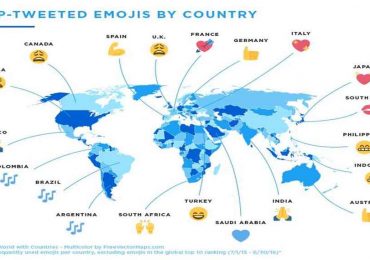Five years since the 7.2-magnitude earthquake that struck Bohol, the events during that day are still fresh in the minds of the students who went through the ordeal.
“I was shaking because my grandmother was crying, and my cousin was shouting, ‘earthquake! earthquake!’” said 19-year-old medical technology student Geena Mae Hopida, recalling their family in panic.
The quake, whose epicenter was in Bohol, struck on Oct. 15, 2013, and jolted most of the Visayas and parts of Mindanao and Luzon. It was one of the strongest earthquakes to hit the Philippines in recent years, causing injuries and loss of lives, and massive damage to property and infrastructure.
Amid the tremors, Hopida had the presence of mind to instruct others to “duck, cover and hold,” as she had learned during earthquake drills at school.
Grade 12 student Adrian Bucoy could hardly find words to describe the terror of feeling the ground trembling. “The rumbling from under the ground became louder and louder. My mother was calling me from the kitchen, but we couldn’t hear each other,” said Bucoy, now 18 years old.
A few weeks later, the province was hit by Supertyphoon “Yolanda” (Haiyan), one of the strongest tropical cyclones on record.
Hopida and Abucoy, who both study at Holy Name University in Tagbilaran City, were some of the participants of the TNT Tropang Ready disaster preparedness caravan organized at their campus by PLDT wireless unit Smart Communications.
Smart’s TNT Tropang Ready aims to train youths in disaster preparedness skills so that they can help their communities in times of calamities. Smart recently brought the caravan to HNU as part of the company’s nationwide learning series on disaster preparedness geared toward the youth.
CONTINUE READING…












